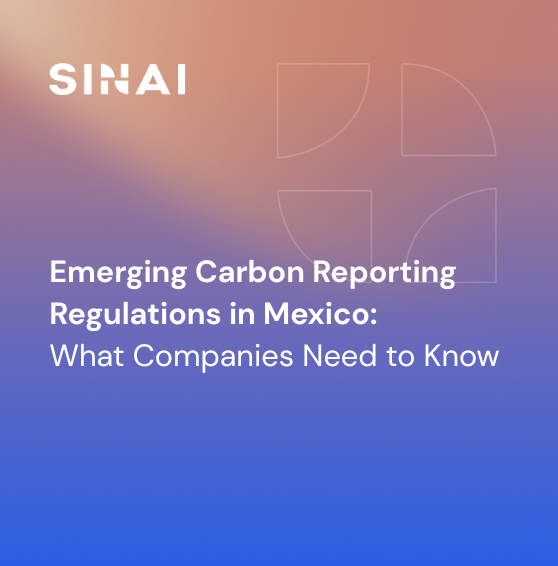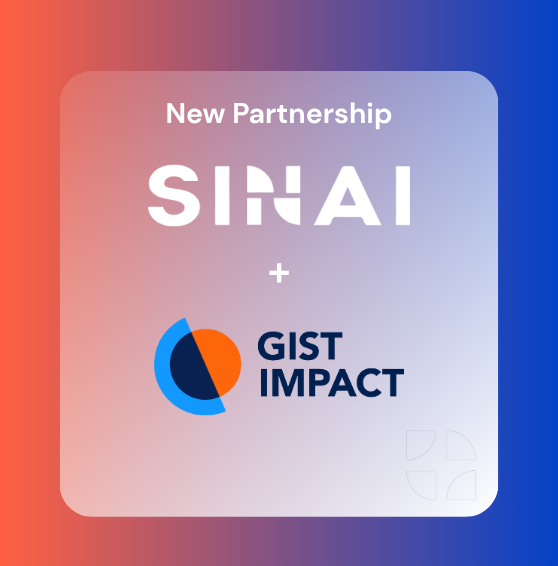
UK’s SECR Carbon Disclosures
Introduction
The UK’s Streamlined Energy and Carbon Reporting (SECR) policy is a relatively new policy that requires obligated UK business entities to disclose both their energy consumption and GHG emissions footprint. Launched in April 2019, this policy is intended to bring transparency around energy usage and GHG emissions of companies to stakeholders. This type of disclosure is aligned with the TCFD and ISSB, and compliments similar policies in the US (SEC Climate Disclosures) and EU (CSRD). Together, these help drive a low-carbon economy across the world.
Who is Obligated Under the SECR?
It is estimated that nearly 12,000 companies are obligated to report under the SECR. This is broken down into three main groups of companies:
- Any quoted company in the UK that are currently obligated to report GHG emissions (Quoted company means the company is listed on any publicly traded market)
- Large and unincorporated companies in the UK that are Unquoted
- Large LLPs
In the context of SECR reporting, “Large” companies or LLPs listed in #2 and #3 meet 2 of the following criteria:
- More than £36 Million in annual turnover
- A balance sheet of more than £18 Million
- More than 250 employees
Many charities, non-profits, and universities could be obligated under this rule, depending the amount of public service that is performed. The SECR regulation is focused on publicly traded companies, but private companies are encouraged to disclose as well for consistent metrics across similar companies.
There are also exemptions in place if your company is considered a low energy user (40 MWh per year or less). Subsidiary companies are also not required to report as long as the parent company is including in their own report.
What is Reported?
What your company needs to report depends on two questions:
- Is your company business quoted or unquoted?
- Is your business (company or LLP) considered large?
The list below can help you navigate what is required for you business, depending on how you answered those two questions. Quoted CompaniesUnquoted Companies / LLPsNot Large- Global Scope 1 and 2 Emissions
- Chosen emission intensity metric
- Global energy use split by UK and International
- Comparison to historic energy use (Reporting year 2+ only)
- Scope 3 emissions are voluntary, but strongly recommended | - No SECR Obligation || Large | - Global Scope 1 and 2 Emissions
- Chosen emission intensity metric
- Global energy use split by UK and International
- Comparison to historic energy use (Reporting year 2+ only)
- Narrative of how energy efficiency is being improved
- How much energy has been saved as a result of actions
- Scope 3 emissions are voluntary, but strongly recommended | - UK energy use in electricity, gas, and transport fuel (only report fuel paid directly)
- Corresponding GHG emissions from energy use
- At least one emission intensity metric|
In all cases, there is not a prescribed methodology for calculations, but your report must clearly define which methodology that was used.
How to Report
Companies do not need to create a new report for this information, but rather ensure all the required data is included in the companies corporate level report.
How to Optimize Disclosures?
Like many corporate emissions reports, consistency, organization, and accuracy are king. Just like many other reporting disclosures today, the SECR recommends methodologies aligned with the GHG Global Protocol, TCFD, and SBTi. Ensuring these standards are followed are a great starting point to meet the requirements of these reports. Using a software like SINAI is a great place to start because all your energy usage is clearly documented and tracked on an annual basis, and converts into emissions using methodologies aligned with GHG Global Protocol, TCFD, and SBTi. This creates standardized calculations that can be used for the SECR and many other GHG disclosures, which will enable you to complete your disclosures in an optimized and consistent manner.

%20(7).png)









